- myFICO® Forums
- FICO Scoring and Other Credit Topics
- Understanding FICO® Scoring
- Re: Utilization Reports
- Subscribe to RSS Feed
- Mark Topic as New
- Mark Topic as Read
- Float this Topic for Current User
- Bookmark
- Subscribe
- Mute
- Printer Friendly Page
Utilization Reports
Is your credit card giving you the perks you want?
Browse credit cards from a variety of issuers to see if there's a better card for you.
- « Previous
-
- 1
- 2
- Next »
- Mark as New
- Bookmark
- Subscribe
- Mute
- Subscribe to RSS Feed
- Permalink
- Report Inappropriate Content
Re: Utilization Reports
Keep the single card utilization under 28.9%. I believe ABCD typo-ed above. ![]()
In the case of only having one card, you'd need to stick to 8.9% as your single-card utilization and your aggregate utilization would be the same number.
Also, you don't want to "carry" a balance, as that's synomous with "revolving" a balance. When you want to report, print, or cut a balance, it should come from new charges during the current statement period.
- Mark as New
- Bookmark
- Subscribe
- Mute
- Subscribe to RSS Feed
- Permalink
- Report Inappropriate Content
Re: Utilization Reports
@Anonymous wrote:
The rules on utilization follow two paths: aggregate utilization (meaning total of all balances divided by total of all credit limits) and individual utilization per card.
If you have an aggregate under 8.9% but above 0% you get the most FICO points for aggregate utilization.
For individual utilization, under 8.9% is better than high amounts. Also the third villain here is how many cards carry a balance of any kind. Maximum FICO points are granted for 1 card (not 0) carrying a small balance but multiple cards carrying a balance of even $5 each can ding you (each bureau dings at a different percentage of cards with a balance).
So your maximum FICO for utilization is one card with a balance of $3 up to 8.9% of your limit and the others reporting $0.
If you do carry a balance, keep that card under 38.9% and aggregate across all cards under 8.9% which helps but not as much as the AZEO Method does.
Okay then, I have a good question for that. When is utilization across all cards calculated? Every time a billing cycle passes on any of my credit cards? Once a month? If it's not once a month that seems incredibly hard to manage if I actually want to use my credit cards for anything other than building credit.
- Mark as New
- Bookmark
- Subscribe
- Mute
- Subscribe to RSS Feed
- Permalink
- Report Inappropriate Content
Re: Utilization Reports
Each card reports to the credit bureaus once a month. Most cards report the statement balance on or right after the statement cuts. Statement cut dates are generally about three to seven days after the due date.
US Bank is a notable exception in that it reports whatever your balance is on the first of the month. Chase reports the statement balance at statement time, but it also reports zero whenever you pay your balance to zero. In addition to US Bank and Chase, there are some more obscure exceptions out there.
Utilization is calculated whenever one's report is pulled and a score is applied. Because different cards report at different times, it changes on an ongoing basis. Some people prefer to have all of their statements cut at about the same time of the month and arrange to do that by having their due dates adjusted accordingly. Others prefer to have their statement cut dates staggered.
- Mark as New
- Bookmark
- Subscribe
- Mute
- Subscribe to RSS Feed
- Permalink
- Report Inappropriate Content
Re: Utilization Reports
As mentioned, each card will report on a specific day of the billing cycle. Most cards update the credit reports with the balance on their statement date (but the reports may not get this information for 5-7 days). US Bank cards typically update the credit reports with whatever balance is showing on the last day of the month.
Your FICO score is updated when you pull a report or a score. So if you have a card posting a statement on the 15th of the month and another card on the 19th of the month, pulling your credit score to reflect the changes should be done about a week after the last card updates, to give the bureaus time to actually have the data ready to pull.
It sounds really confusing but once you get in a rhythm with each card, you know the time frames to use it.
My Discover reports on the 13th, my Capital One reports on the 11th. So what I do is I use both cards all the way up to maximum but stop using the Discover around the 6th and the Capital One around the 4th. I let charges post and push or pull payments to keep them at the utilization I want them at before their statement date. Once the statement date comes and goes, I use the cards again for the NEXT statement date.
It definitely takes time to feel the rhythm here, but remember if you accidentally let a card report one month, no big deal, next month you can fix it.
In September I was out sailing in the Caribbean and Irma swept in and I got stuck at sea (it wasn't dangerous, it was fun) but there was NO internet signal. So instead of swooping home around the 8th to pay off all my balances to $0 except for one, I ended up coming to dry land around the 13th! ALL my cards reported very high utilization -- my score for September dropped almost 40 points I think. Oops!
Here's the thing: since I wasn't applying for any credit, it didn't matter much to me. My score dropped, I paid all those high balances down correctly right away, and now in October my scores are back to where they were meant to be.
Learn your card rhythms, avoid ever reporting utilization over 88.9% (to FICO, this means maxed out and it KILLS your score temporarily), and make sure to never be late on a payment!
- Mark as New
- Bookmark
- Subscribe
- Mute
- Subscribe to RSS Feed
- Permalink
- Report Inappropriate Content
Re: Utilization Reports
@Anonymous wrote:Hi. I'm trying to keep my utilization below 30% when reported, but I'm confused on spending above 30% of my limit without it getting reported.
Example.
Statement is on the 2nd of each month. I spend 30% of my limit on the 1st and my statement due on the 2nd is 30% of my limit. They report to the credit bureaus on the 3rd. I don't spend anything on the credit card until the 10th and max out my credit line that day. I pay it down to below 30% on the 20th. I don't spend anything until my next statement and the next statement shows that I owe below 30% of my credit line.
Do the credit bureaus know that I spent up to my credit limit or do they only know that my utilization when reported was below 30%? Does it matter if I max out my credit card and pay it off before the billing cycle?
Maxing it out during the month might not affect your score, but might set off some red flags with your lender.



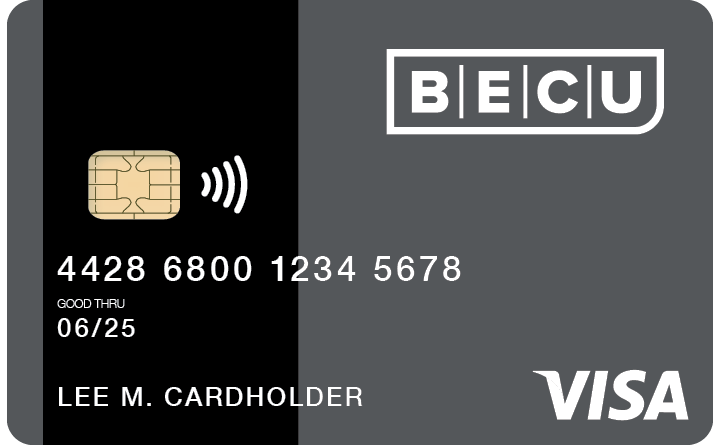

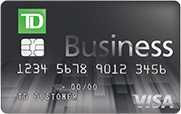

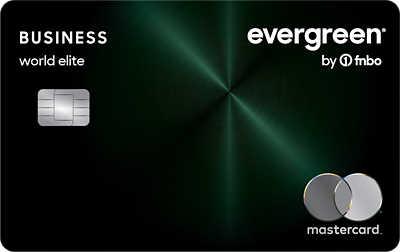



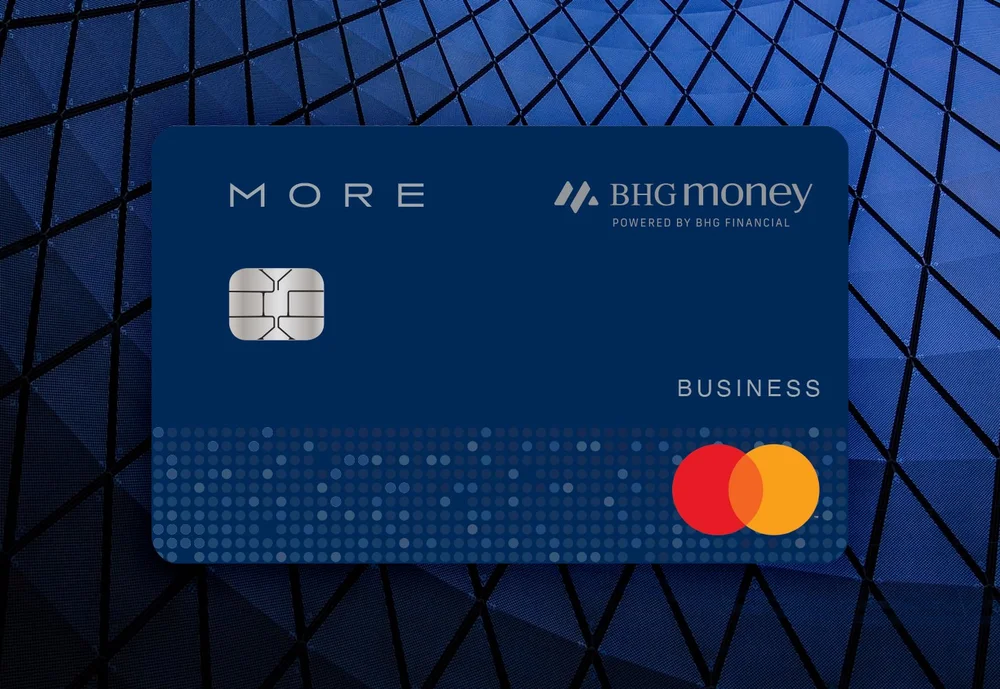
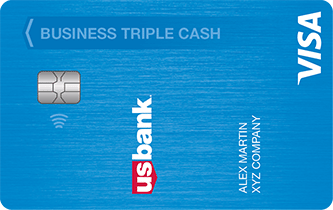

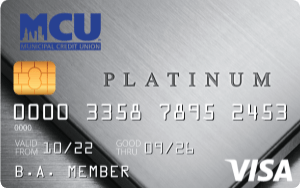
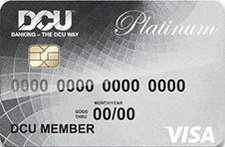
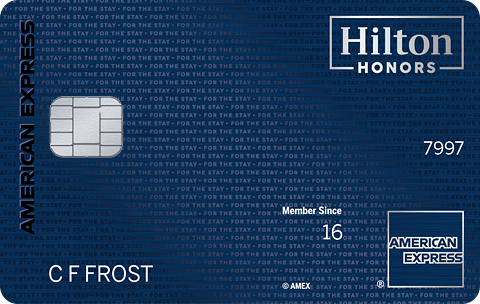
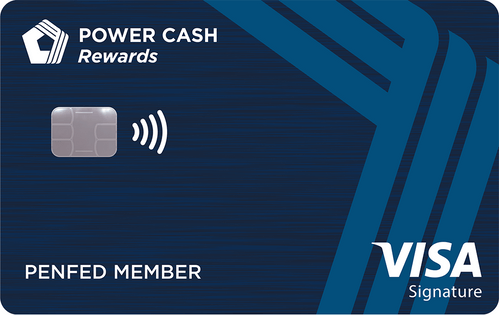
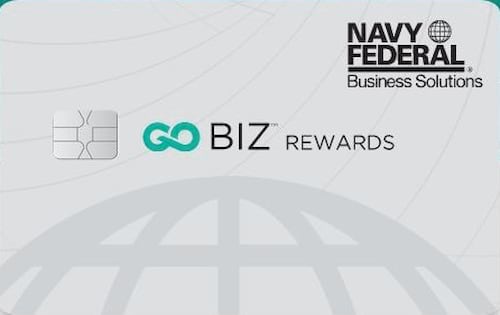
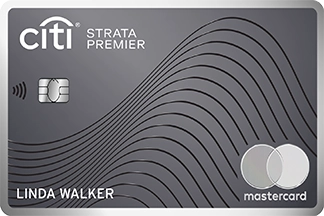
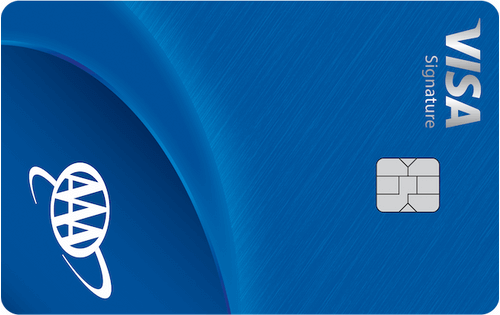
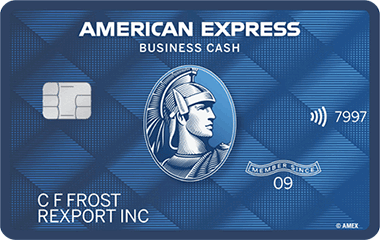
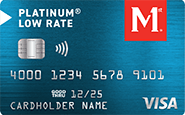
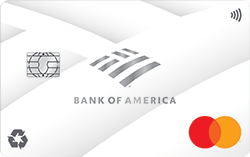


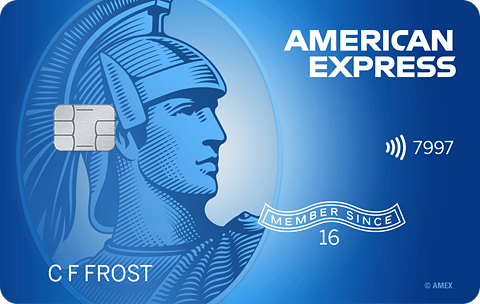




Total revolving limits 568220 (504020 reporting) FICO 8: EQ 689 TU 691 EX 682